The Future of Manufacturing with Metal Laser Cutting Technology Explained
The evolution of manufacturing is witnessing a transformative phase propelled by advancements in metal laser cutting technology. As industries embrace automation and digitization, metal laser cutting has emerged as a critical component, offering precision and efficiency in production processes. According to a report by Markets and Markets, the global laser cutting market is projected to reach $5.3 billion by 2025, reflecting a robust annual growth rate fueled by increased demand for high-quality metal components across sectors such as automotive, aerospace, and electronics. This technology's ability to streamline operations, reduce material waste, and enhance product quality underscores its pivotal role in the future of manufacturing. As manufacturers look to optimize their supply chains and adapt to rapidly changing market dynamics, the integration of metal laser cutting technologies will undoubtedly be a key strategy for competitive advantage.
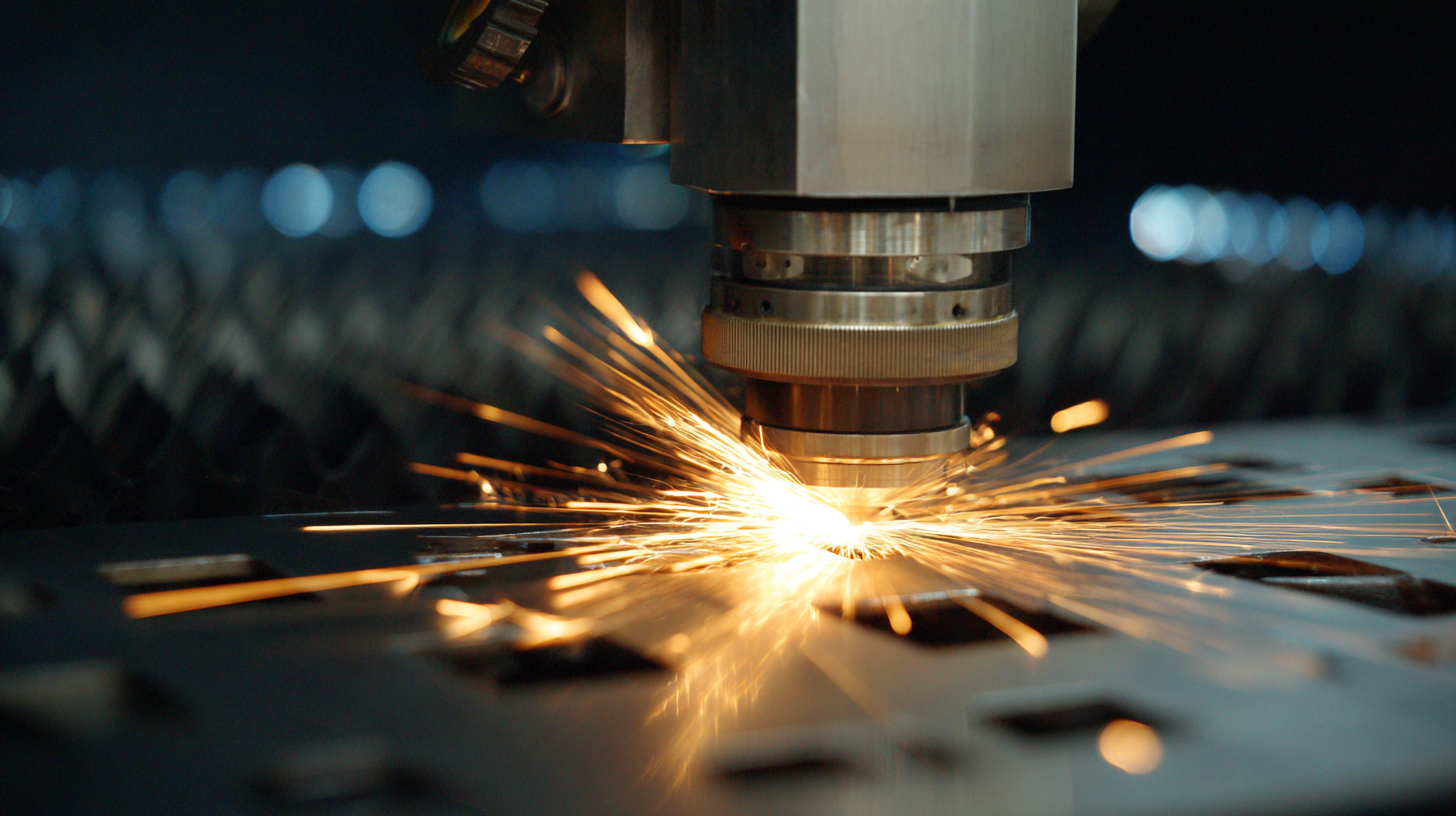
Understanding Metal Laser Cutting Technology and Its Benefits
Metal laser cutting technology has rapidly evolved into a critical component of modern manufacturing processes, offering unparalleled precision and efficiency. According to a report by Laser Focus World, the global laser cutting machine market is projected to reach $7.0 billion by 2025, reflecting a compound annual growth rate (CAGR) of 6.0% from 2020. This growth is largely attributed to the increasing demand for high-precision cutting in industries such as automotive, aerospace, and electronics, where traditional cutting methods may fall short.
One of the primary benefits of metal laser cutting technology is its ability to produce complex shapes and designs with minimal waste. A study by MarketsandMarkets indicates that laser cutting can reduce material waste by up to 30% compared to conventional machining processes. Additionally, the speed and accuracy of laser cutting facilitate faster production times, enabling manufacturers to meet tight deadlines without compromising quality. As companies continue to seek ways to enhance productivity and efficiency, metal laser cutting technology stands out as a sustainable and advantageous solution for the future of manufacturing.
The Future of Manufacturing with Metal Laser Cutting Technology
This chart illustrates the significant benefits of metal laser cutting technology in manufacturing, highlighting improvements in efficiency, cost reductions, production speed increases, and material waste reductions. These advantages position metal laser cutting as a key player in the future of manufacturing.
Key Applications of Metal Laser Cutting in Modern Manufacturing
Metal laser cutting technology has revolutionized modern manufacturing with its precise and efficient capabilities. One of the key applications of this technology is in the production of high-performance components for various industries, including automotive and aerospace. The use of high-power lasers enables the cutting of intricate designs and complex geometries in materials that were once challenging to manipulate, resulting in enhanced product quality and reduced waste. This precision cutting ensures that parts fit together seamlessly, which is essential for the high standards demanded in sectors like aerospace, where safety and reliability are paramount.
Moreover, metal laser cutting plays a crucial role in the development of advanced manufacturing techniques, such as additive manufacturing. By integrating laser cutting with 3D printing processes, manufacturers can create complex assemblies that leverage both methods' strengths. This is particularly significant in the defense sector, where the ability to produce customized parts rapidly can greatly enhance operational flexibility. As industries continue to explore innovative applications of laser technology, it is evident that metal laser cutting will remain a cornerstone in the evolution of modern manufacturing, driving efficiency and precision across various sectors.

Step-by-Step Guide to Choosing the Right Laser Cutting Equipment
Choosing the right laser cutting equipment can seem daunting, but breaking down the process into manageable steps can simplify your decision. Start by assessing your specific manufacturing needs. Consider factors such as the materials you’ll be working with, the thickness of those materials, and the level of precision required for your projects. Different laser cutting machines cater to various materials like metals, plastics, and woods, each with unique capabilities and limitations.
Next, evaluate the features and specifications of potential laser cutting machines. Key aspects to look for include the wattage of the laser, which directly affects cutting speed and thickness capabilities, and the bed size, which determines the maximum size of projects you can handle. Additionally, understand the software compatibility and ease of use, as these factors will influence your workflow efficiency. By focusing on these crucial elements, you can confidently choose a laser cutting equipment that aligns with your operational goals and enhances your manufacturing processes.
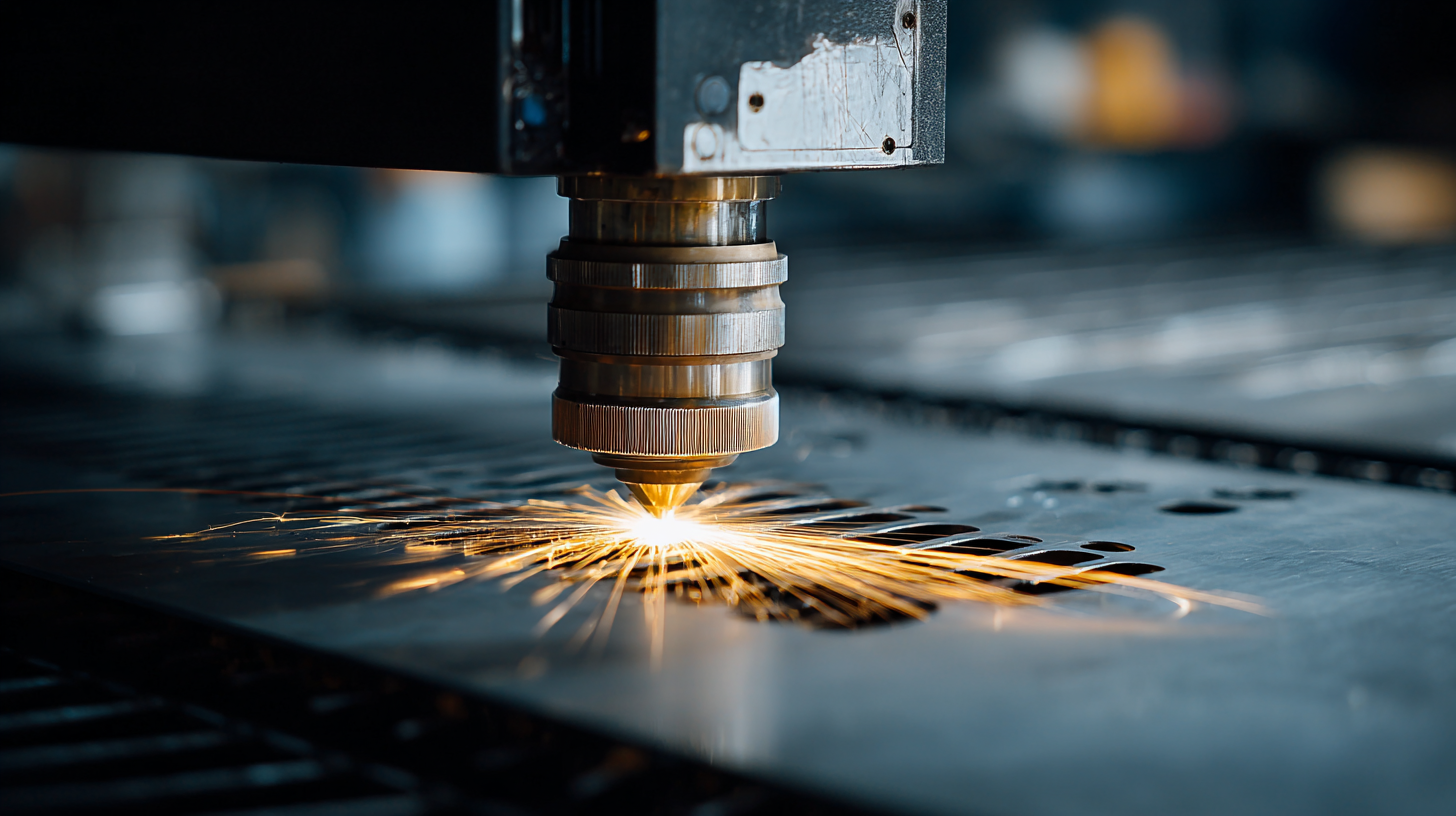
Essential Maintenance Tips for Metal Laser Cutting Machines
To ensure optimal performance and longevity of metal laser cutting machines, regular maintenance is crucial. One of the essential tips is to maintain the laser optics. Dirt and debris can accumulate on the lens and mirrors, affecting the quality of the beam and the precision of cuts. Regularly cleaning these components with appropriate materials helps ensure the machine operates at peak performance.
Another key aspect of maintenance is the inspection of the cooling system. Metal laser cutting generates significant heat, and an efficient cooling system is vital to prevent overheating. Regularly checking coolant levels and ensuring there are no blockages in the system will help maintain the machine's efficiency and avoid potential damage. Additionally, keeping the machine's software updated can ensure that it runs smoothly and incorporates the latest technological advancements, further enhancing productivity.
The Future of Manufacturing with Metal Laser Cutting Technology Explained - Essential Maintenance Tips for Metal Laser Cutting Machines
| Aspect | Details |
|---|---|
| Technology Type | Fiber Laser Cutting |
| Thickness Capacity | Up to 20 mm |
| Cutting Speed | Up to 30 m/min |
| Maintenance Frequency | Monthly |
| Key Maintenance Task | Lens Cleaning |
| Parts Replacement | Every 1000 hours of operation |
| Common Issues | Nozzle clogging, misalignment |
| Safety Precautions | Protective eyewear required |
Future Trends in Metal Laser Cutting Technology You Should Know
The global metal cutting machine market is poised for significant growth, expected to reach approximately USD 10.86 billion by 2033, with a compound annual growth rate (CAGR) of 6.24%. This expansion is largely driven by advancements in metal laser cutting technology, which allows for high precision and efficiency in manufacturing. As industries increasingly adopt laser technology solutions, the demand for laser cutting machines has surged, particularly in sectors such as automotive, aerospace, and metal fabrication.
Future trends in metal laser cutting emphasize enhanced applications and efficiency. One notable development is the continuation of research into laser-cutting parameters that optimize surface quality and kerf precision for various metals, including titanium and aluminum alloys. Additionally, the emergence of innovative methods, such as underwater laser cutting, showcases the technology's versatility and effectiveness in meeting the demands of modern infrastructure projects. As laser technology evolves, its integration into various industrial processes will redefine manufacturing practices, ultimately leading to more sustainable and efficient production methods.
Related Posts
-
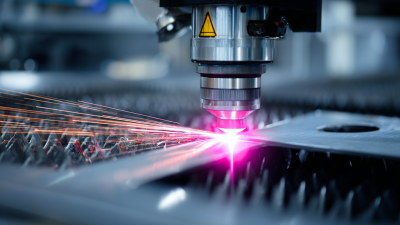
Emerging Trends in Stainless Steel Laser Cutting Technologies at the 138th Canton Fair 2025 in China
-
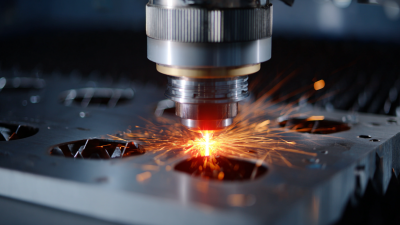
Exploring Laser Machining Innovations at China Import and Export Fair 2025
-

Unlocking the Power of Laser Etching in Modern Manufacturing
-
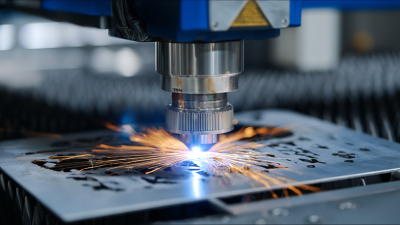
Exploring Laser CNC Innovations at the 2025 China 138th Import and Export Fair
-
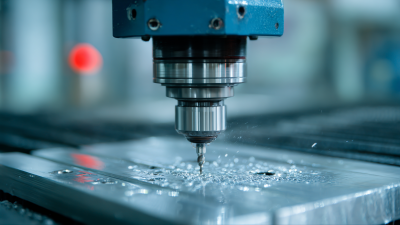
What is the Advantage of Using a CNC Router for Your Business
-
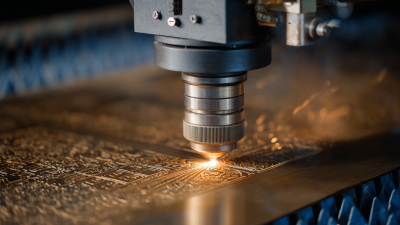
Exploring Market Trends: Stainless Steel Laser Engraving at the 138th Canton Fair 2025

